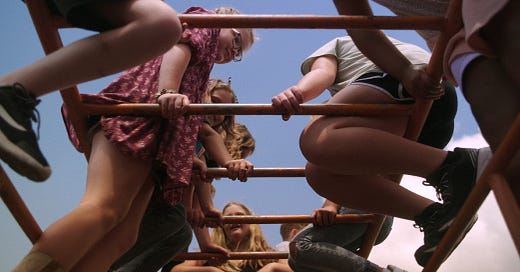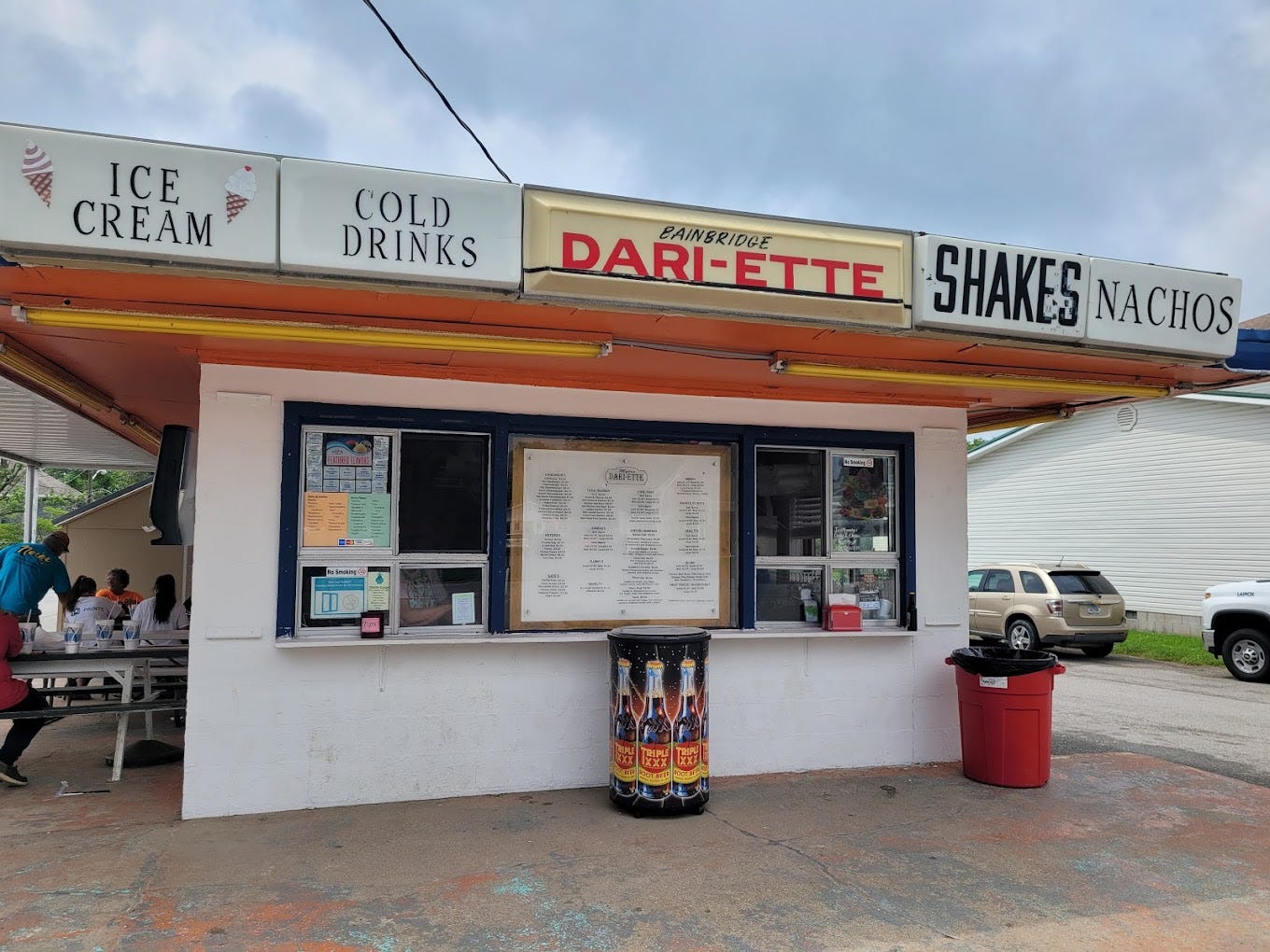Heartland: North Putnam
A throwback purely observational documentary takes an empathetic look at the challenges and triumphs of a rural Indiana county and its school system.
For Heartland Film Festival schedule and tickets, please click here.
The documentary film has seen quite a lot of changes over the past 25 years, to the point people only familiar with its original shape might not even recognize the docs of today. That’s not a value judgement, just a true statement.
The “fly on the wall” approach is very much not in favor these days, where cameras observe as if the subjects were not even aware of them. “North Putnam” is a heartening throwback to a bygone era when documentaries simply documented, without commentary or agenda.
Focused on the rural county from which it takes its name, this film explores the community’s challenges and triumphs, its promises and its failures, with a special eye on the public school system. In places like North Putnam County — I’ve lived in some of them myself — the schools are often the largest employer around, and serve as the de facto centerpiece of public discourse.
Writer/director Joel Fendelman operates in the mold of “Harlan County, USA,” with a roving camera that seems to find itself into all sorts of public and private moments. The thread running through it is the tension between educators and parents who worry about ‘woke’ types indoctrinating their kids, though you’d be hard-pressed to find the film advocating for either side.
There are no camera-facing interviews or manufactured moments. The documentary does not even provide people’s names or superimposed text explaining the setting, so we’re left to our own devices to decipher what we’re seeing and what’s going on.
The bulk of the footage is inside North Putnam High School and North Putnam Middle School, with a couple of stops at the local elementary schools, such as when a police officer responds to a call of a grade schooler bringing a weapon on the bus. It’s a folding pocket knife no longer than the kid’s pinkie finger, and we marvel at the cop’s calmness as he gets the boy to talk about the bullying he’s experienced that prompted the act.
But we also go into the dying storefront of main street of Roachdale, the remaining hardware store, have a sit-down with the banker who is honest about the challenges of bringing new economic development to town. The only grocery store closed a few years ago, so it’s a decent haul to buy food. Over in Bainbridge, people swing into the Dari-Ette road stand for ice cream, pop and sandwiches.
We go into the Putnam County Jail and visit with a tattooed young man serving time, who gets a visit from his high school guidance counselor — who still has faith in him. This same man wraps Christmas presents for some of his current students whose parents are struggling.
We tag along into the children’s homes and out in the fields, where their elders toil in the sun and snow growing the food that people think magically appears at the grocery store. One grandfather sits at the dinner table to talk with his grandkid about passing on their modest plot to when he goes in the next few years.
In the locker room before the football game, the coaches and players gather around to recite the Lord’s Prayer, because that’s all anyone around here knows. If you’re astonished that things like that still go on, you should know they would be equally astonished if it wasn’t happening most other places.
(And they’d be closer to the truth than you.)
“It’s just different here,” the middle school principal exhorts to his teachers, taking pride in the kindness that marks their community — while also being honest enough about the challenges of recruiting young new teachers to work in the Indiana heartland, for financial as well as cultural reasons.
In North Putnam, most of the teachers and even members of the school board go home to start on their next job — taking care of the animals and crops of the family farms they still hold dear. The kids are put to work, too, including the old farmer who has a kid who’s maybe 9 driving what must be a $200,000 combine along the corn rows.
As election time approaches, there are rising tensions as candidates emerge to make sure things like gender and racial identity aren’t taught in their schools, stating they should focus on reading, writing and arithmetic — and that’s it. They’re clearly taking their cues from national media, as no one can point to anything remotely controversial going on in the local classrooms.
A lot of people will watch “North Putnam” and lament the lack of Black and brown faces, other than seen here and there. Again, that’s just the reality reflected rather than some kind of directed vision. They’ll see hayseeds and backwards people, folks living just on this side of poverty, well-fed in the waistline but (to them) malnourished in the breadth of their exposure to finer things, by which they mean big-city amenities.
To the locals, the big city might mean Greencastle or Crawfordsville.
I’ve lived among people like those depicted in “North Putnam,” and learned to appreciate them for what they are rather than wish they were more like me. This documentary is stellar because it doesn’t treat them as zoological exhibits, odd creatures living in outlier communities. We encounter them at eye level, exactly as they are.
Watching this movie is like coming home — maybe not to your home, but somebody’s.






